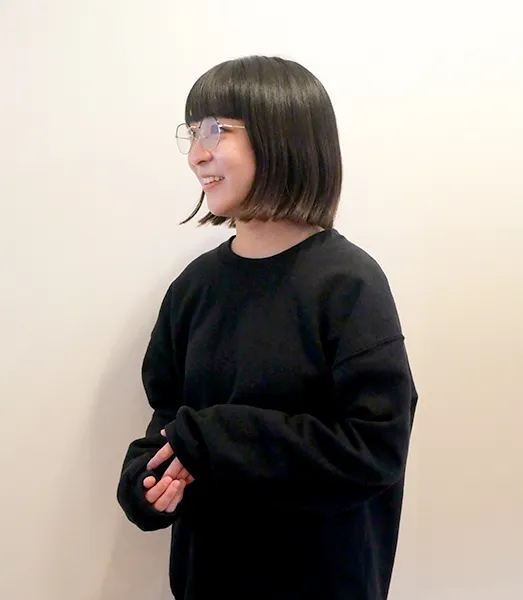Question
How crowded do trains in Japan get?
Areas
Answers

Weekday mornings between 7:00 and 8:00 a.m. in Tokyo are the peak of the rush hour.
Trains are packed with commuters in suits and students heading to school — it's not unusual to be completely squeezed in with no space to move.
Lines like the Yamanote Line (especially between Shinjuku, Shibuya, Shinagawa, and Tokyo),
the Tokyo Metro Tozai, Ginza, and Chiyoda Lines,
and the JR Sobu Rapid and Chuo Rapid Lines are particularly famous for being crowded.
At times, trains can get so full that it's almost impossible to move once you're inside.
The first time I experienced it, I was honestly shocked — I couldn't believe how tightly everyone fit together, and it even felt a bit hard to breathe.
(Station staff sometimes push people in so the doors can close! 😅)
If you need to travel in the morning, try to go before 7:00 a.m. or after 9:00 a.m. to avoid the rush.
Apps like Google Maps or Yahoo! Transit can show you less crowded routes,
and sometimes just choosing a different line can make a huge difference in comfort. 🙆
After lunchtime, trains become much less crowded.
Between 1:00 p.m. and 4:00 p.m., you can often find a seat — it's one of the best times for sightseeing.
On the other hand, Friday evenings (around 7:00–10:00 p.m.) tend to get busy again,
as many office workers are heading home after drinking with colleagues.
On weekends, mornings and evenings are usually calm,
but trains heading to tourist areas like Asakusa, Shibuya, and Harajuku can get quite busy during the day.
It's not as bad as rush hour, but if you're carrying large luggage, try adjusting your travel time a bit for a smoother ride. ✨
Hope this helps you plan your trip!